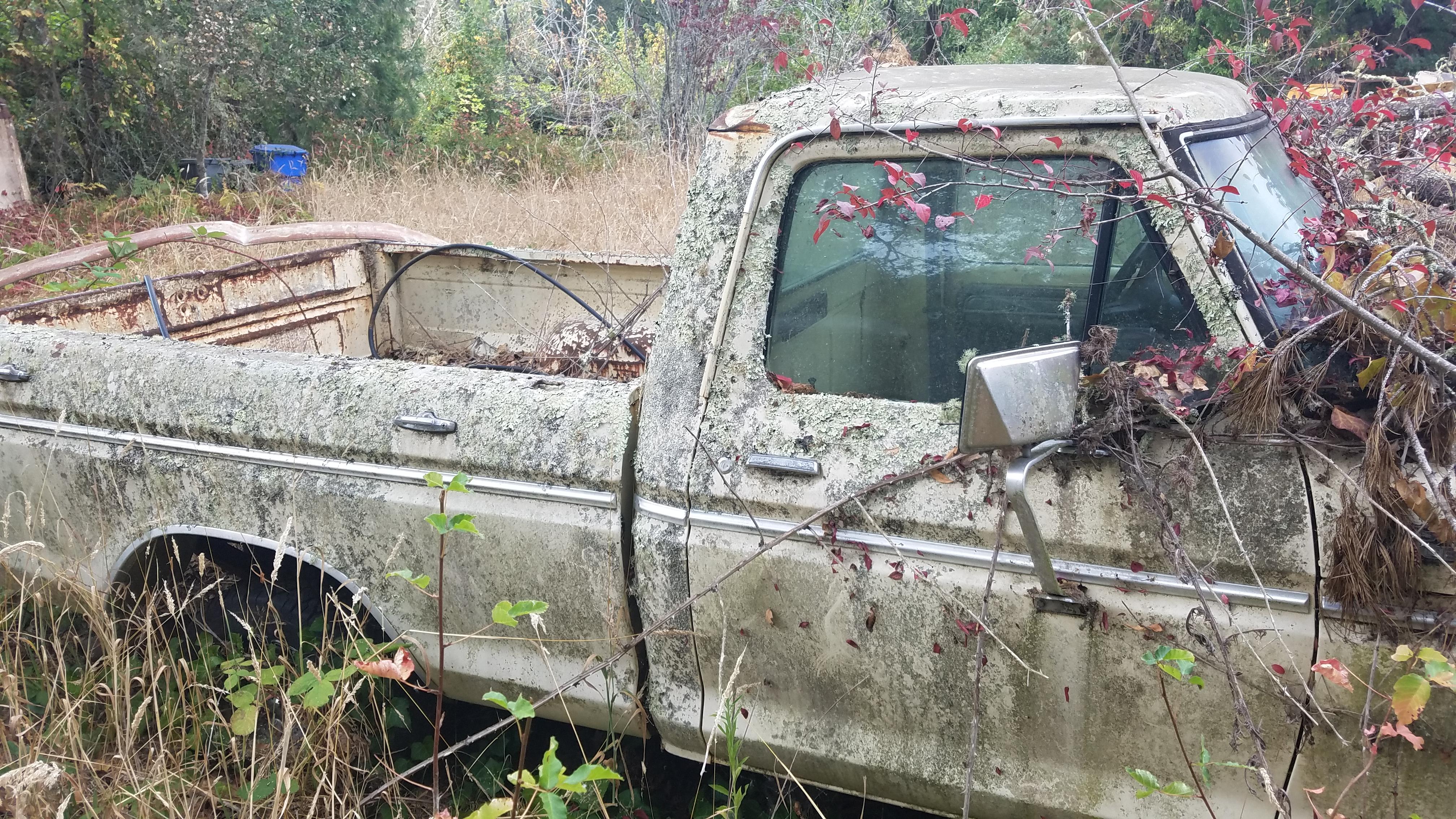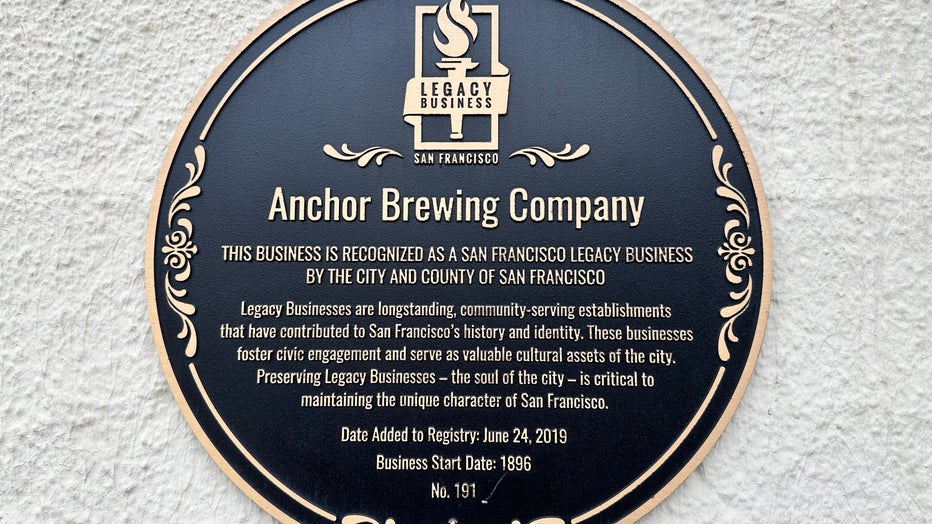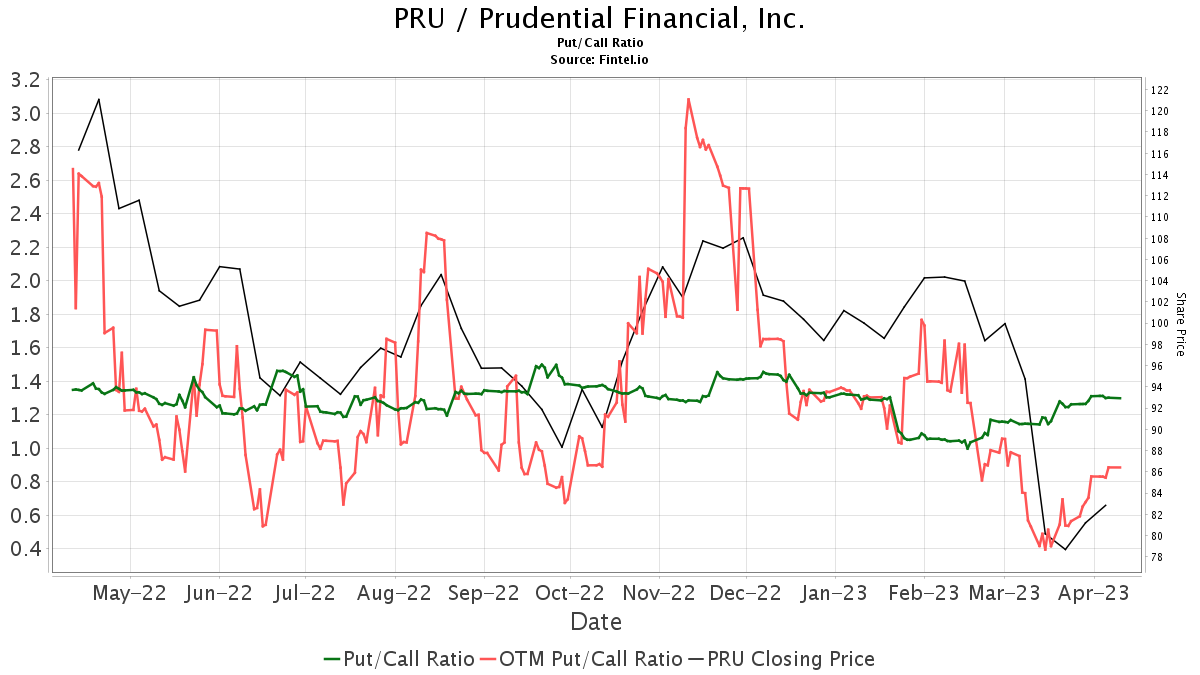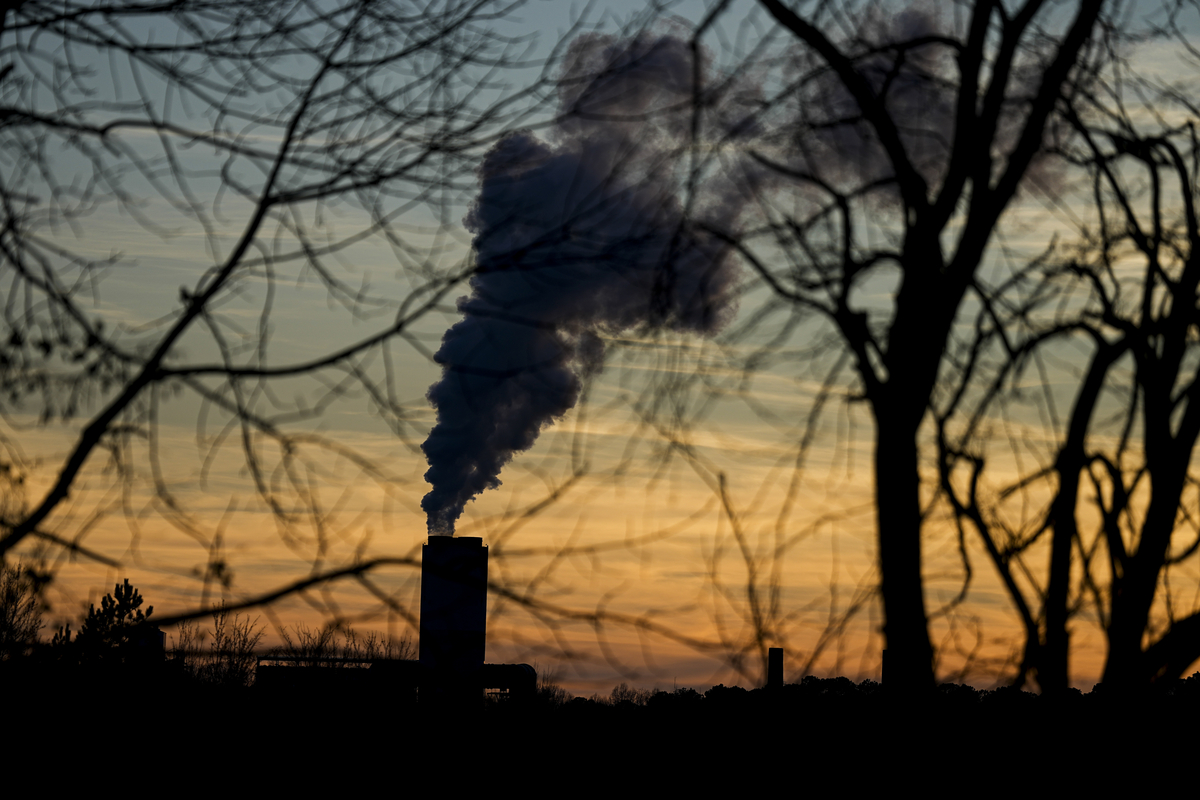Solving America's Growing Truck Size Problem

Table of Contents
The Rising Tide of Oversized Trucks and Their Impact
The increasing prevalence of oversized trucks on American roads is contributing to a complex web of issues. The sheer size and weight of these vehicles have significant implications for safety, infrastructure, and the environment.
Increased Accident Rates and Severity
Larger trucks are statistically linked to higher accident rates and more severe consequences. Their increased size and weight contribute to more devastating collisions and fatalities. The sheer mass of an oversized truck means longer braking distances, increased potential for rollovers due to a higher center of gravity, and reduced visibility for drivers of smaller vehicles.
- Higher center of gravity leading to rollovers: Oversized trucks are more prone to rollovers, especially on curves or uneven surfaces.
- Reduced visibility for drivers of smaller vehicles: Drivers of cars and smaller trucks often have limited visibility when approaching or overtaking large trucks, increasing the risk of accidents.
- Increased braking distances: Larger trucks require significantly longer distances to stop, increasing the likelihood of rear-end collisions.
- Greater damage in collisions: The sheer force of impact from a large truck results in more severe damage to other vehicles and a higher probability of serious injury or fatality. Statistics from the National Highway Traffic Safety Administration (NHTSA) clearly demonstrate this correlation between truck size and accident severity.
Strain on America's Infrastructure
The constant pressure of heavier and larger trucks is taking a significant toll on America's aging infrastructure. Bridges, roads, and pavements are designed to withstand a certain level of weight and stress. Oversized trucks frequently exceed these limits, leading to accelerated deterioration and increased maintenance costs.
- Bridge weight limits exceeded: Many bridges are reaching their capacity limits, with oversized trucks contributing to structural damage and potential collapses.
- Increased pavement wear and tear: The heavier weight of large trucks causes significantly more wear and tear on roads and pavements, requiring more frequent and costly repairs.
- Higher frequency of road repairs: The damage inflicted by oversized trucks leads to more frequent and extensive road repairs, disrupting traffic flow and costing taxpayers billions of dollars annually.
- Costs associated with infrastructure upgrades: Repairing and upgrading infrastructure to accommodate larger trucks is a substantial financial burden, requiring significant investment from federal, state, and local governments.
Environmental Concerns Related to Truck Size
Larger trucks generally consume more fuel and emit more greenhouse gases than smaller vehicles. This increased fuel consumption directly translates to a larger carbon footprint and contributes to air pollution, particularly in densely populated urban areas.
- Increased fuel consumption per mile: Oversized trucks require more fuel to travel the same distance compared to smaller vehicles.
- Higher emissions of greenhouse gases: Increased fuel consumption leads to significantly higher emissions of carbon dioxide and other greenhouse gases, contributing to climate change.
- Contribution to air pollution: Emissions from large trucks contribute to poor air quality, particularly in cities and along major highways, impacting public health.
- Negative impact on carbon footprint: The environmental impact of oversized trucks extends beyond immediate emissions, affecting the overall carbon footprint of the transportation sector.
Potential Solutions to Address the Truck Size Problem
Addressing the truck size problem requires a comprehensive and multifaceted strategy involving regulatory changes, infrastructure improvements, and the promotion of alternative transportation modes.
Implementing stricter regulations on truck size and weight
Enforcing stricter regulations on truck size and weight is crucial for improving road safety and reducing infrastructure damage. This includes implementing and enforcing weight limits appropriate for different road types and considering size restrictions, particularly in urban areas.
- Implementing stricter weight limits for trucks: Lowering maximum weight limits for trucks could significantly reduce the strain on infrastructure.
- Enforcing size restrictions based on road type: Implementing size restrictions based on road capacity and structural integrity is crucial for protecting infrastructure.
- Better enforcement of existing regulations: Strengthening enforcement mechanisms to ensure compliance with existing regulations is essential.
Investing in Infrastructure Upgrades
Investing in robust infrastructure upgrades is paramount. This includes strengthening bridges to withstand higher weight limits, widening roads to improve truck maneuverability, and investing in improved pavement materials that can better withstand the stress of heavier vehicles. Securing adequate funding for these projects is a significant challenge but a crucial step towards a long-term solution.
- Strengthening bridges to withstand higher weight limits: Upgrading existing bridges and building new ones with higher weight capacities is essential.
- Widening roads to improve truck maneuverability: Wider roads would allow for safer and easier maneuvering of large trucks, particularly in congested areas.
- Investing in improved pavement materials: Utilizing stronger and more durable pavement materials could extend the lifespan of roads and reduce the frequency of repairs.
Promoting Alternative Transportation Solutions
Exploring and promoting alternative transportation solutions, such as rail and waterways, can significantly reduce the reliance on large trucks for freight transportation. This can lessen the impact on roads, bridges, and the environment.
- Increased use of rail transport for freight: Shifting more freight transport from roads to railways would alleviate pressure on the highway system.
- Utilizing inland waterways for goods transportation: Utilizing rivers and canals for transportation could significantly reduce the number of trucks on the roads.
- Investing in multimodal transportation systems: Developing integrated transportation systems combining rail, road, and water transport could optimize efficiency and reduce reliance on single-mode trucking.
Conclusion: Finding a Balance – Addressing America's Truck Size Problem
The growing truck size problem presents significant challenges to safety, infrastructure, and the environment. Addressing this complex issue requires a balanced approach encompassing stricter regulations, substantial infrastructure investment, and a proactive shift towards alternative transportation solutions. By implementing these strategies, we can create a safer, more sustainable, and efficient transportation system for the future. Let's work together to find sustainable solutions to America's growing truck size problem. Learn more and get involved today!

Featured Posts
-
 Understanding Market Corrections Professional Selling And Individual Buying
Apr 28, 2025
Understanding Market Corrections Professional Selling And Individual Buying
Apr 28, 2025 -
 Perplexity Ceo On The Ai Browser War Taking On Google
Apr 28, 2025
Perplexity Ceo On The Ai Browser War Taking On Google
Apr 28, 2025 -
 Trump And Zelensky Meet At Popes Funeral First Face To Face Since Oval Office Dispute
Apr 28, 2025
Trump And Zelensky Meet At Popes Funeral First Face To Face Since Oval Office Dispute
Apr 28, 2025 -
 San Franciscos Anchor Brewing Company To Close Its Doors
Apr 28, 2025
San Franciscos Anchor Brewing Company To Close Its Doors
Apr 28, 2025 -
 Key Messages From Luigi Mangiones Supporters
Apr 28, 2025
Key Messages From Luigi Mangiones Supporters
Apr 28, 2025
Latest Posts
-
 Analyzing The U S Dollars Early Performance A Nixon Era Comparison
Apr 28, 2025
Analyzing The U S Dollars Early Performance A Nixon Era Comparison
Apr 28, 2025 -
 Nixons Shadow Will The U S Dollars First 100 Days Underperform
Apr 28, 2025
Nixons Shadow Will The U S Dollars First 100 Days Underperform
Apr 28, 2025 -
 U S Dollar Performance A Troubling First 100 Days Compared To Nixon Era
Apr 28, 2025
U S Dollar Performance A Troubling First 100 Days Compared To Nixon Era
Apr 28, 2025 -
 Is The U S Dollar Headed For Its Worst 100 Days Since Nixon
Apr 28, 2025
Is The U S Dollar Headed For Its Worst 100 Days Since Nixon
Apr 28, 2025 -
 U S Dollars Steep Decline Worst Start Since Nixon
Apr 28, 2025
U S Dollars Steep Decline Worst Start Since Nixon
Apr 28, 2025
